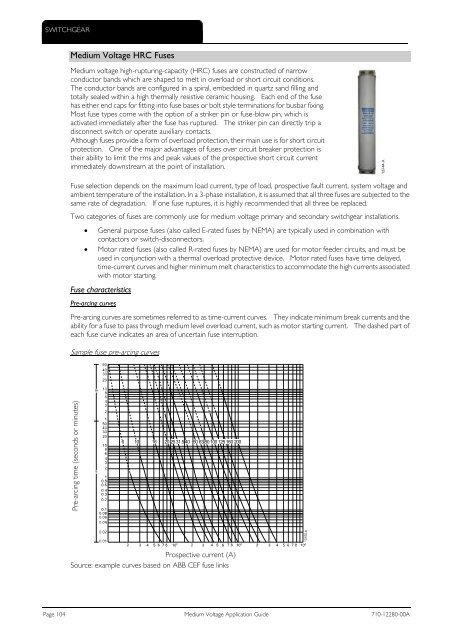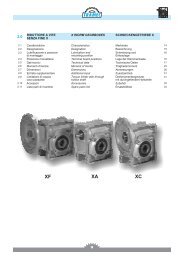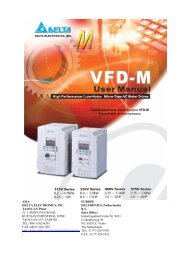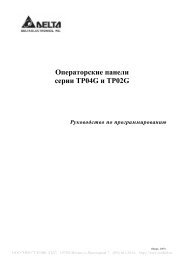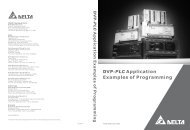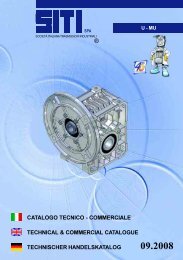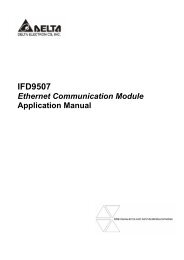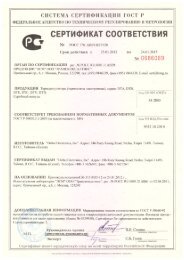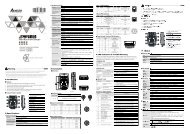Medium Voltage Application Guide
Medium Voltage Application Guide
Medium Voltage Application Guide
You also want an ePaper? Increase the reach of your titles
YUMPU automatically turns print PDFs into web optimized ePapers that Google loves.
Pre-arcing time (seconds or minutes)<br />
SWITCHGEAR<br />
<strong>Medium</strong> <strong>Voltage</strong> HRC Fuses<br />
<strong>Medium</strong> voltage high-rupturing-capacity (HRC) fuses are constructed of narrow<br />
conductor bands which are shaped to melt in overload or short circuit conditions.<br />
The conductor bands are configured in a spiral, embedded in quartz sand filling and<br />
totally sealed within a high thermally resistive ceramic housing. Each end of the fuse<br />
has either end caps for fitting into fuse bases or bolt style terminations for busbar fixing.<br />
Most fuse types come with the option of a striker pin or fuse-blow pin, which is<br />
activated immediately after the fuse has ruptured. The striker pin can directly trip a<br />
disconnect switch or operate auxiliary contacts.<br />
Although fuses provide a form of overload protection, their main use is for short circuit<br />
protection. One of the major advantages of fuses over circuit breaker protection is<br />
their ability to limit the rms and peak values of the prospective short circuit current<br />
immediately downstream at the point of installation.<br />
Fuse selection depends on the maximum load current, type of load, prospective fault current, system voltage and<br />
ambient temperature of the installation. In a 3-phase installation, it is assumed that all three fuses are subjected to the<br />
same rate of degradation. If one fuse ruptures, it is highly recommended that all three be replaced.<br />
Two categories of fuses are commonly use for medium voltage primary and secondary switchgear installations.<br />
<br />
<br />
General purpose fuses (also called E-rated fuses by NEMA) are typically used in combination with<br />
contactors or switch-disconnectors.<br />
Motor rated fuses (also called R-rated fuses by NEMA) are used for motor feeder circuits, and must be<br />
used in conjunction with a thermal overload protective device. Motor rated fuses have time delayed,<br />
time-current curves and higher minimum melt characteristics to accommodate the high currents associated<br />
with motor starting.<br />
Fuse characteristics<br />
Pre-arcing curves<br />
Pre-arcing curves are sometimes referred to as time-current curves. They indicate minimum break currents and the<br />
ability for a fuse to pass through medium level overload current, such as motor starting current. The dashed part of<br />
each fuse curve indicates an area of uncertain fuse interruption.<br />
Sample fuse pre-arcing curves<br />
m<br />
6 10 16 20 2531.540 50 6380100125160 200<br />
s<br />
Prospective current (A)<br />
Source: example curves based on ABB CEF fuse links<br />
2 3 4<br />
Page 104 <strong>Medium</strong> <strong>Voltage</strong> <strong>Application</strong> <strong>Guide</strong> 710-12280-00A


